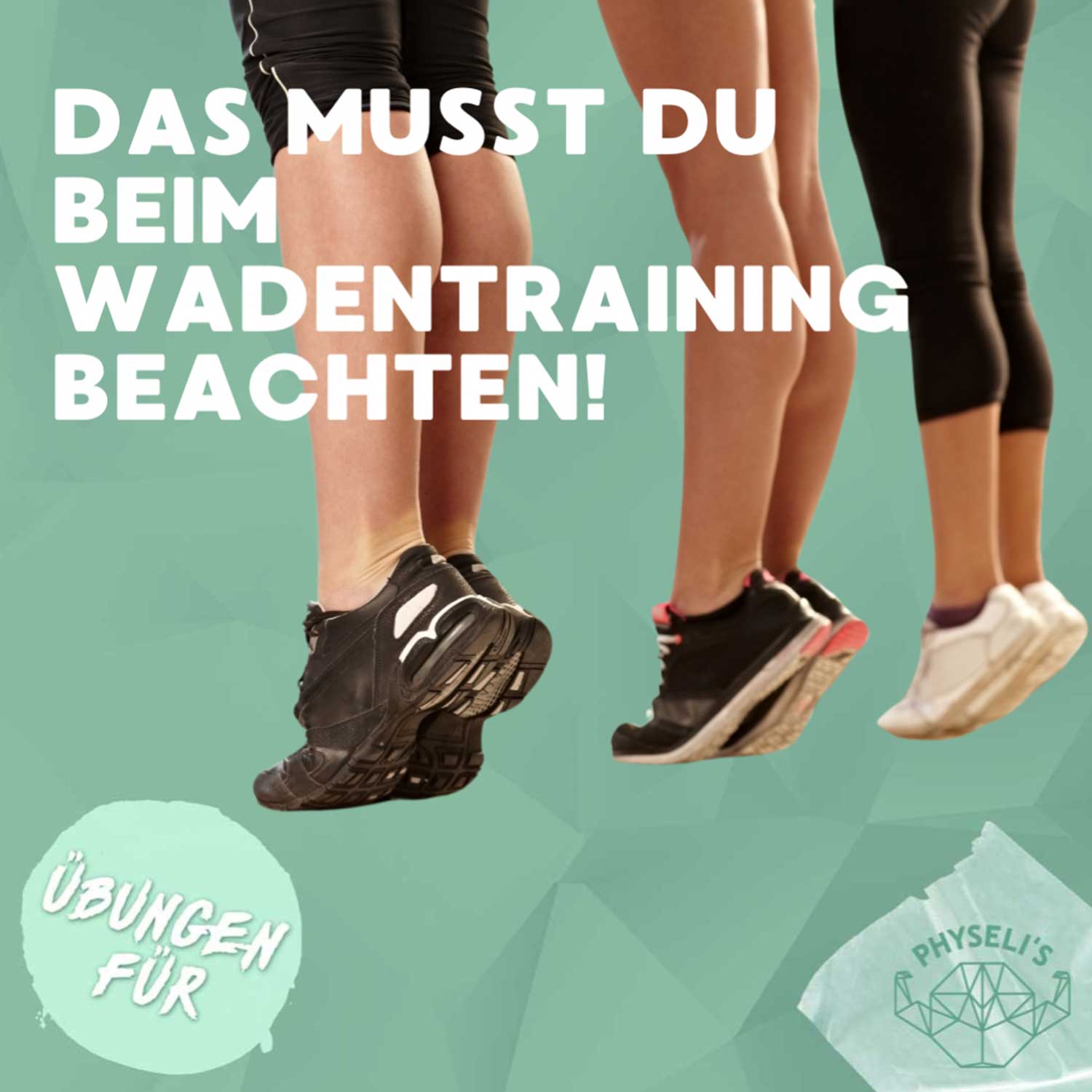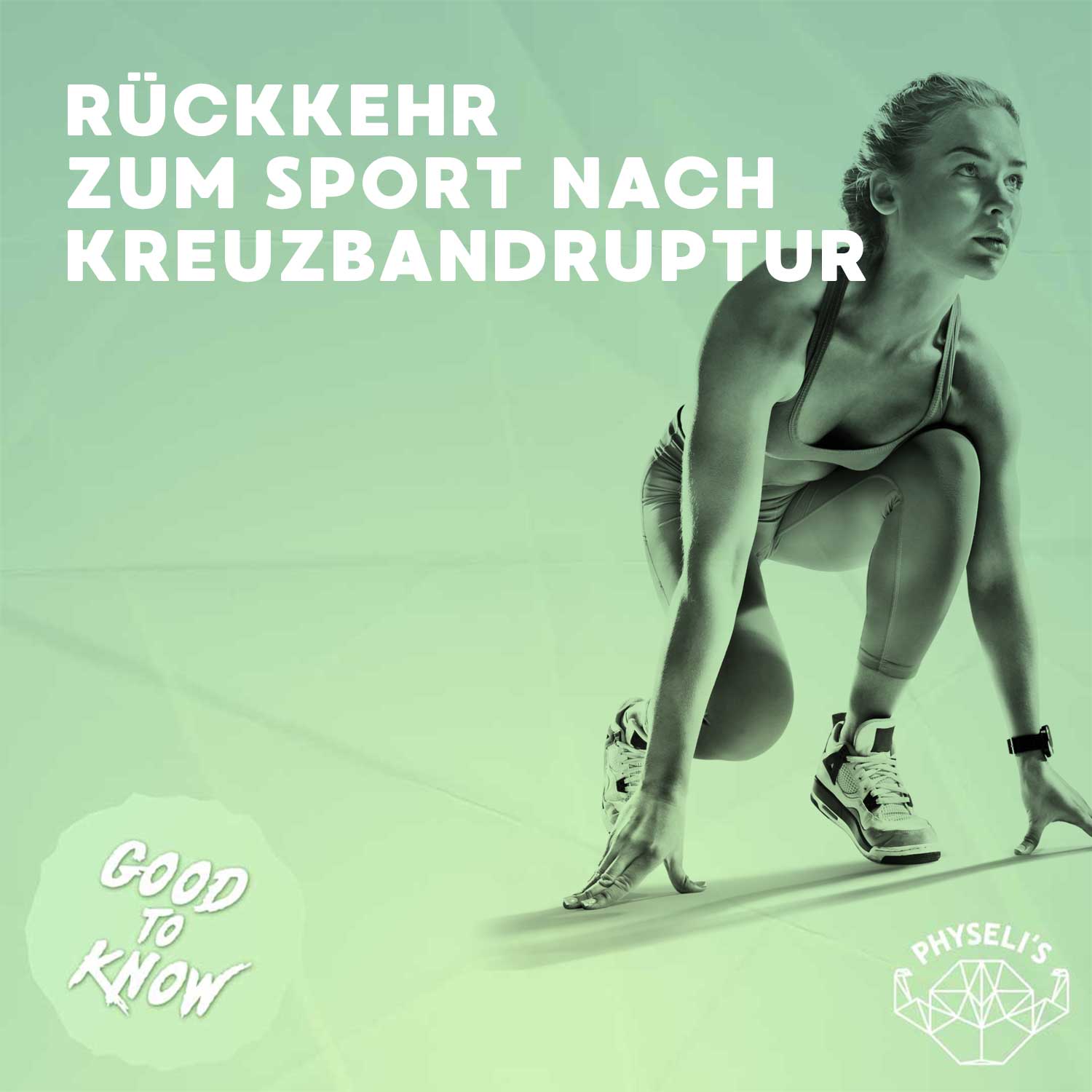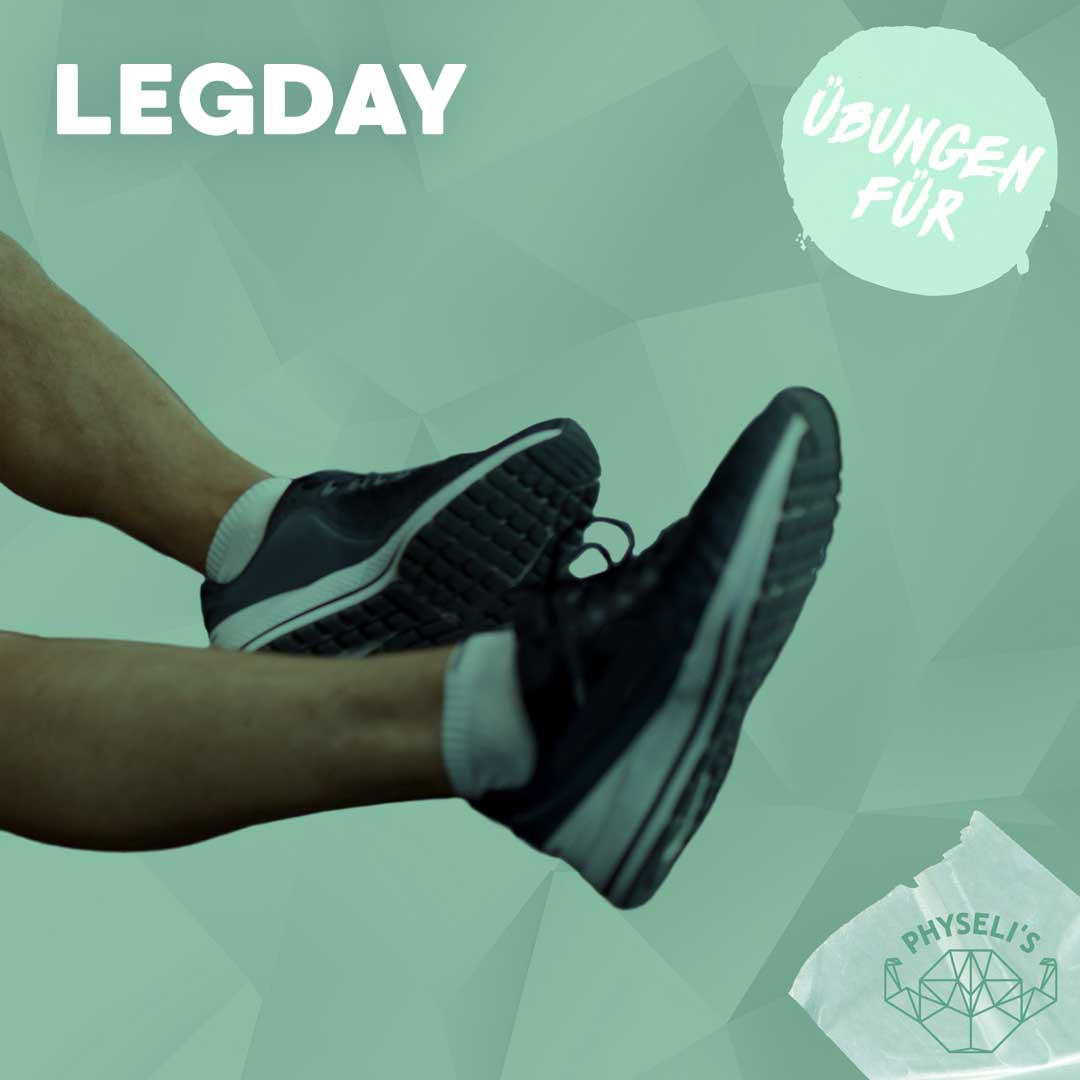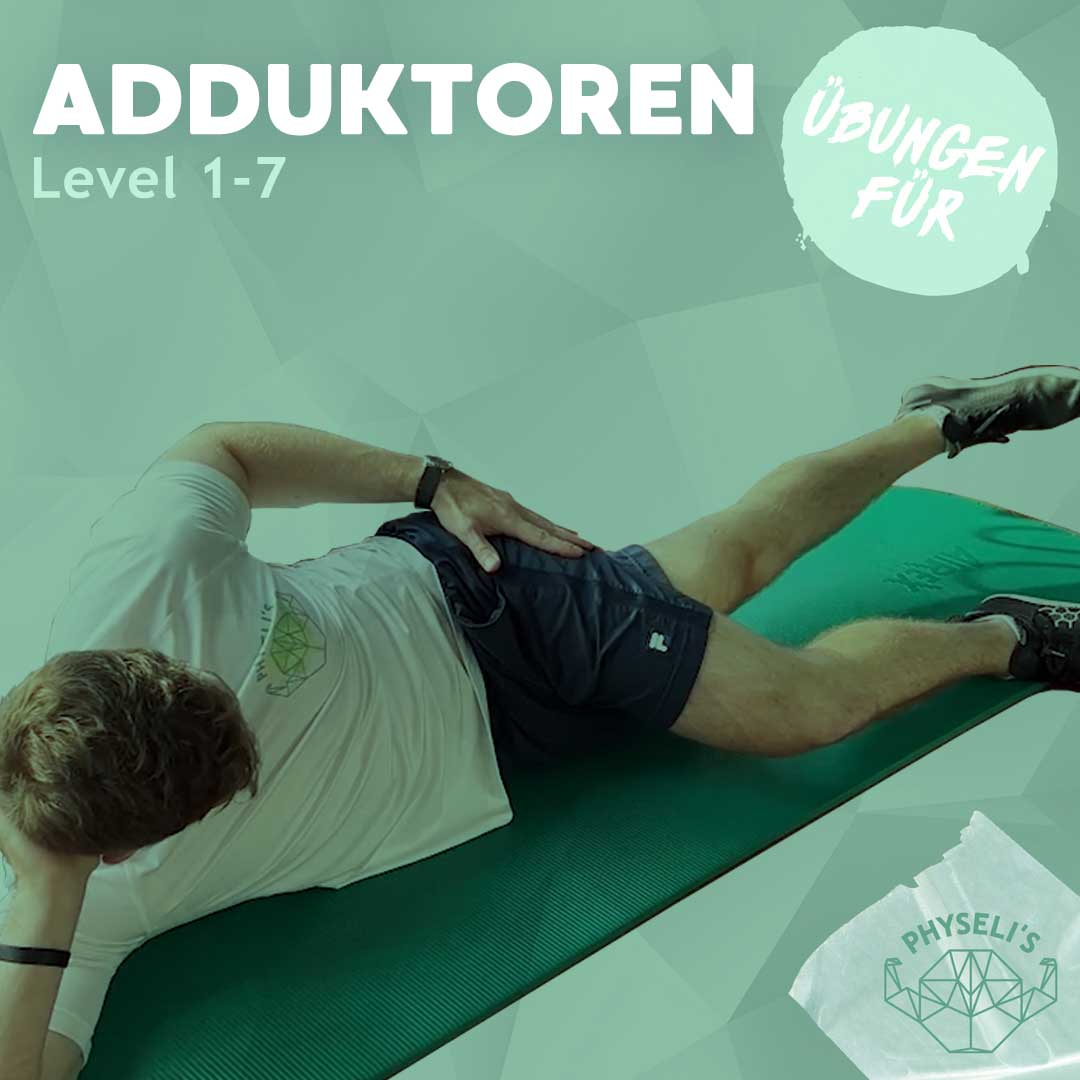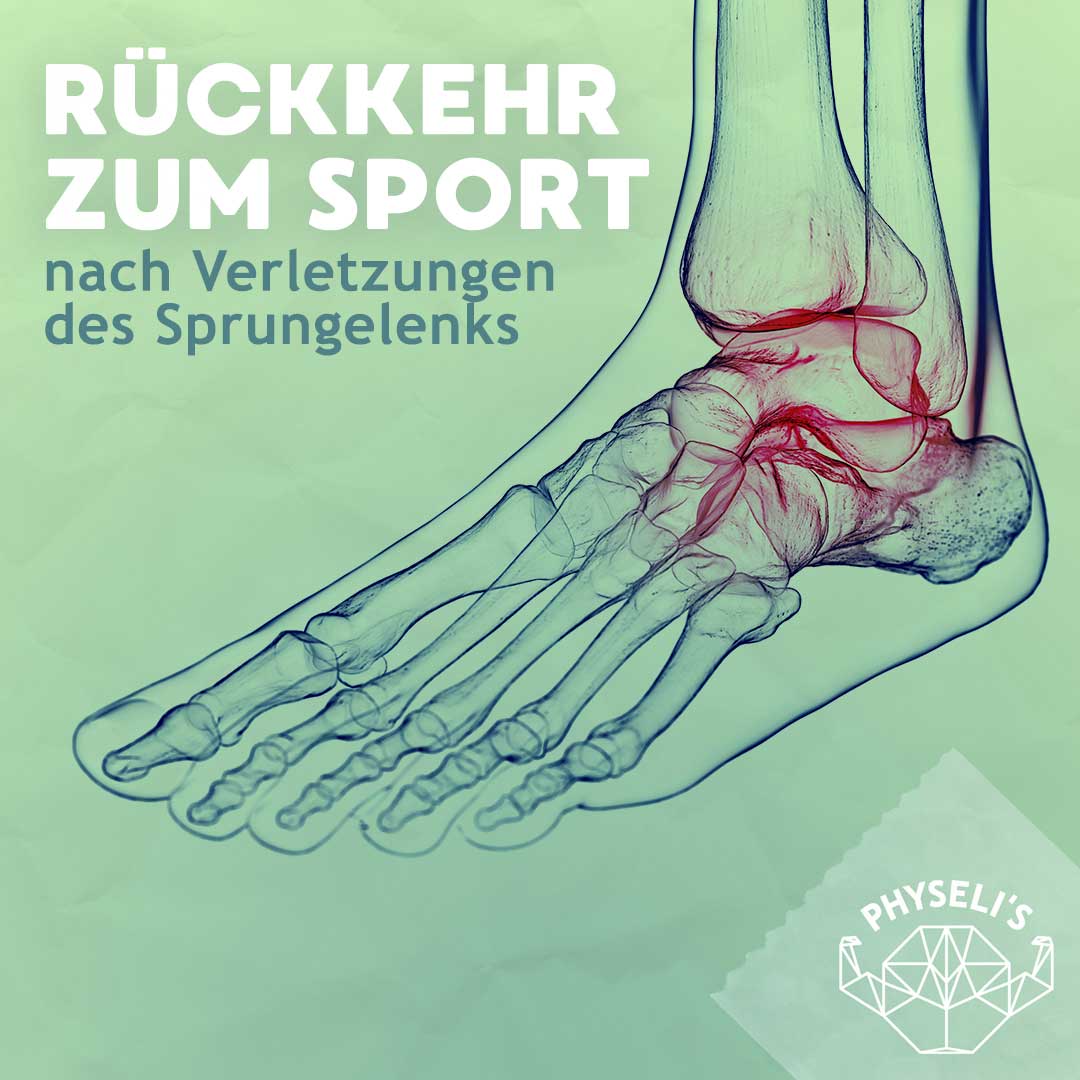Our calf muscles consist of the superficial triceps surae muscle and a deep layer. The main task of this muscle group is plantar flexion of the foot, i.e. lifting the heel, which is of central importance for walking and running.
By performing the exercise, we have the opportunity to focus on specific areas of this muscle group
1️⃣ Calf raises – calf raises (both parts)
The classic calf raise should be performed in an elevated position so that the muscles are also stressed in the extended position. If both parts of the gastrocnemius muscle (large calf muscle) are to be trained, it makes sense to position the legs/feet frontally.
2️⃣ Calf raises – calf raises (focus on inner part)
To achieve increased hypertrophy of the medial/internal part, training in the external rotation position (toes pointing outwards) is more suitable.
3️⃣ Calf raises – calf raises (focus on outer part)
In order to achieve increased hypertrophy of the lateral/outer part, an internally rotated leg position (toes pointing inwards) is recommended.
4️⃣ Calf raises with bent knee position (focus on deeper layer)
If you want to focus a little more on the deeper layer, it is advisable to perform the movement with bent knees. As a result, the gastrocnemius muscle is in a shortened position from the outset and is therefore somewhat restricted in its function, which means that the other muscles have to work harder.
💚Do you need support with your workout, rehabilitation after injury or just want to feel more comfortable and healthy in your body overall? Check out our offer or book a free online consultation.⠀
